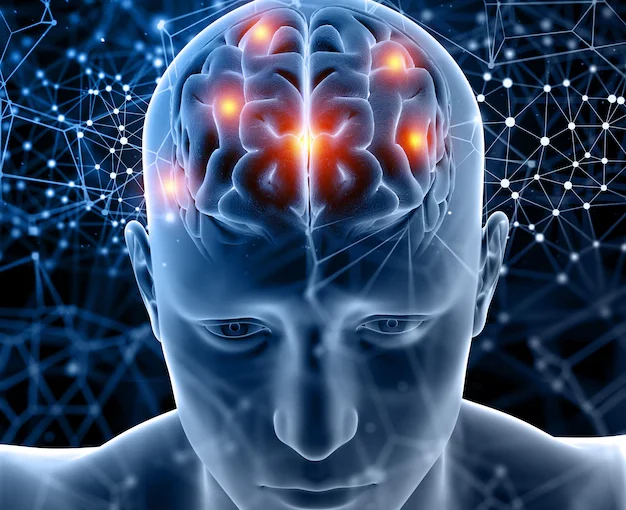This Sunday I found the following quote from B.K.S. Tyengar: „The mind is the king of the senses. The breath is the king of the mind.“
Considering Stephen W. Porges findings on the Polyvagal Theory, this quote is biologically verifiable. Porges found that the autonomic nervous system is co-regulated by the vagus nerve in mammals. The autonomic can be co-regulated by the SMART vagus, a part of the vagus nerve. The SMART vagus is influenced for example by facial expressions, gestures and tone of voice of the conversational partner. It can have a calming effect on the autonomic nervous system. The autonomic nervous system determines breathing and heart rate, among other things. Consciously calm and even breathing has a correspondingly calming effect on the autonomic nervous system. This also calms the heart rate. Porges refers to this as neuroception.
Relaxation techniques that influence the breath, mindfulness exercises that focus on the here and now, have a calming effect on breathing and thus on the thoughts in our head and restlessness in the body.
A simple exercise is to draw attention to the breath in order to become aware of its vital function. Life only exists through breathing. Focussing on the breath means concentrating on life and allowing the spirits of life to become conscious.
To calm the breath, the rule of thumb is to breathe out twice as long as you breathe in.
Exercise: At the beginning, count to two for inhaling and to four for exhaling. The speed of counting should be the same. After a few breaths, increase the count by one, i.e. count to three for inhaling and six for exhaling. You should notice that you become calmer, your voice becomes more relaxed and your shoulders lower.
Breathing is living and feeling alive.


